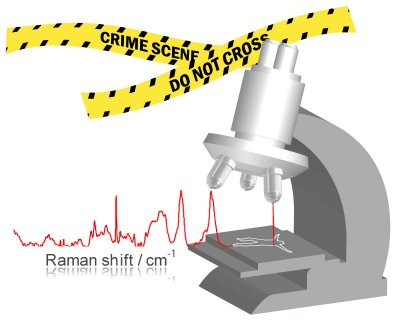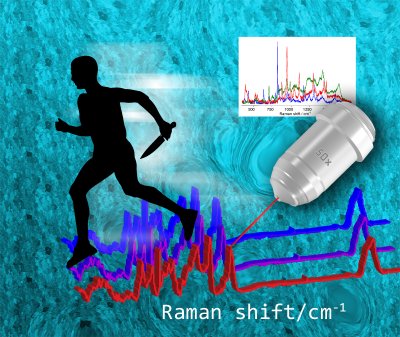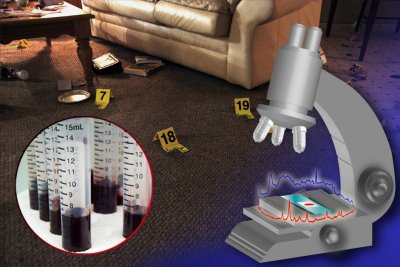I recently wrote about how Raman spectroscopy could change the way forensic scientists analyse splashes and stains during a crime scene investigation or a suspect’s clothes and skin. Last year, it was saliva analysis, most recently the research has focused on female bodily fluids associated with the scene of a sexual assault or rape. The work is that of Igor Lednev’s team at University at Albany, SUNY, New York. They have now added near-infrared Raman microspectroscopy and an advanced statistical analysis to the arsenal of techniques available to law enforcement scientists allowing them to quickly and accurately identify traces of vaginal fluid at a crime scene, on suspect clothing or skin.
Team member created several montages to illustrate my article, but obviously there was not space for all of them in the published version, so I am reproducing them here. They’re very, very good.



![]() Sikirzhytskaya, A., Sikirzhytski, V., & Lednev, I. (2011). Raman spectroscopic signature of vaginal fluid and its potential application in forensic body fluid identification Forensic Science International DOI: 10.1016/j.forsciint.2011.08.015
Sikirzhytskaya, A., Sikirzhytski, V., & Lednev, I. (2011). Raman spectroscopic signature of vaginal fluid and its potential application in forensic body fluid identification Forensic Science International DOI: 10.1016/j.forsciint.2011.08.015